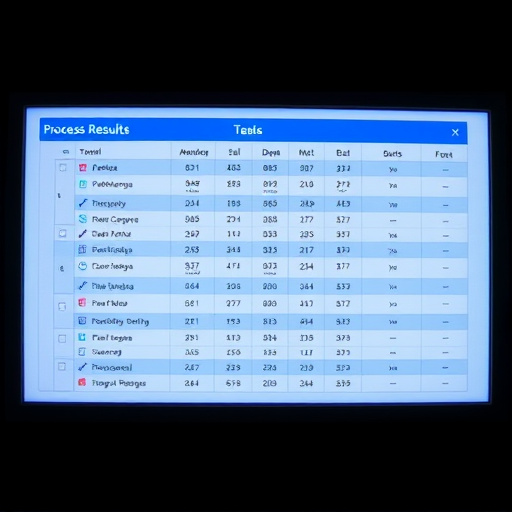The Airaid intake system comparison guide emphasizes how these systems, with key components like durable synthetic filters and lightweight air boxes, enhance engine performance through cooler, denser air. Installation involves preparing the vehicle, securing tools, disassembling old parts, and proper assembly to prevent leaks. Design differences, installation complexity, tuning considerations, and compatibility with vehicle make and model significantly impact performance. This guide highlights these factors for car enthusiasts seeking a boost in their vehicle's performance via an Airaid intake system.
“Discover the power of enhanced performance with an in-depth look at the Airaid intake system comparison guide. Explore the fundamental principles behind Airaid’s innovative designs, making your vehicle more efficient and robust.
Dive into our comprehensive analysis of the installation process, offering a step-by-step breakdown of popular models. We demystify the key differences, helping users make informed choices. This guide highlights the practical aspects, ensuring a seamless upgrade experience.
Uncover why understanding these systems is crucial for optimising your vehicle’s potential.”
- Understanding Airaid Intake Systems: Unveiling the Basics
- Installation Process: Step-by-Step Breakdown of Popular Models
- Comparative Analysis: Key Differences and Considerations for Users
Understanding Airaid Intake Systems: Unveiling the Basics

Airaid intake systems are designed to enhance engine performance by improving air intake efficiency. These systems, as part of a comprehensive Airaid intake system comparison guide, offer a range of benefits for car enthusiasts and professionals alike. The key lies in their ability to deliver cooler, denser air to the engine, resulting in increased horsepower and torque. By optimizing airflow, these systems can also reduce turbulence, minimizing power losses.
The basic components of an Airaid intake system include a filter, an air box, and various pipes or tubes. High-flow filters are a core feature, designed to capture contaminants while allowing maximum air flow. These filters are often made from durable materials like synthetic media, ensuring long life and consistent performance. The air box, typically constructed with lightweight materials, stores the filtered air, providing a steady supply to the engine under various driving conditions. This simple yet effective design makes Airaid intake systems a popular choice for those seeking an easy yet significant boost in their vehicle’s performance.
Installation Process: Step-by-Step Breakdown of Popular Models

When comparing different Airaid intake systems, understanding their installation processes is crucial for an informed decision. The step-by-step breakdown typically begins with preparing the vehicle by locating the engine bay and securing necessary tools. This involves gathering all required components specific to the chosen Airaid system, ensuring compatibility with your vehicle’s make and model.
Next, disassembly of existing air intake components may be needed to create space for the new Airaid setup. Detailed instructions are provided with each kit, guiding users through removal of old filters, pipelines, or manifolds. Once clearance is confirmed, installation can commence, usually requiring assembly of new parts, connections, and adjustments. Proper sealing and secure mounting are essential to maintain optimal air flow and prevent leaks.
Comparative Analysis: Key Differences and Considerations for Users

When comparing Airaid intake systems, users should consider several key differences that will impact their performance and benefits. These systems vary in design, material composition, and installation requirements, each offering unique advantages tailored to specific vehicle types and driving conditions. For instance, some Airaid intakes are designed for direct bolt-on installation, making them accessible for DIY enthusiasts, while others demand more complex fitting due to their custom-tuned configurations.
The choice between cold air intake (CAI) and dry filter systems is a significant consideration. CAI systems draw cold, dense air from outside the engine compartment, enhancing fuel combustion and potentially boosting horsepower. Dry filters, on the other hand, clean incoming air without significantly lowering its temperature, providing efficient filtration without the same level of performance gain. Additionally, Airaid intake systems may include features like heat shields to prevent air warming and flow sensors for optimal performance. Users should match their chosen system with their vehicle’s make, model, and year for guaranteed compatibility and peak performance.
When it comes to enhancing your vehicle’s performance with an Airaid intake system, this comprehensive guide has equipped you with the knowledge to make an informed decision. By understanding the basic components and installation processes of various popular models, you can now compare and contrast to find the perfect fit for your needs. Remember, a well-fitted Airaid intake system not only improves engine power but also contributes to better fuel efficiency. So, whether you’re a seasoned enthusiast or just starting your journey, this Airaid intake system comparison guide is your final step towards optimal vehicle customization.














